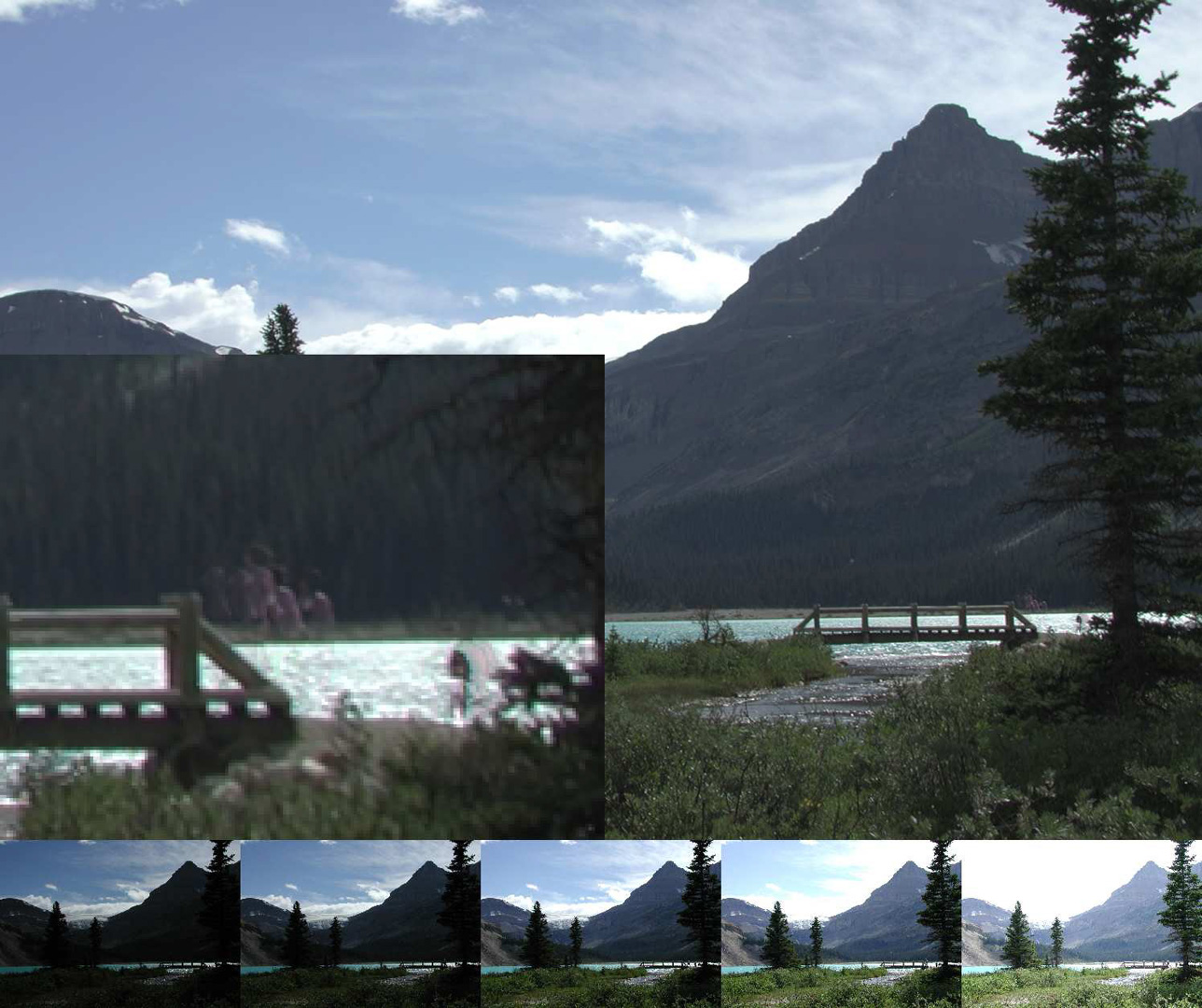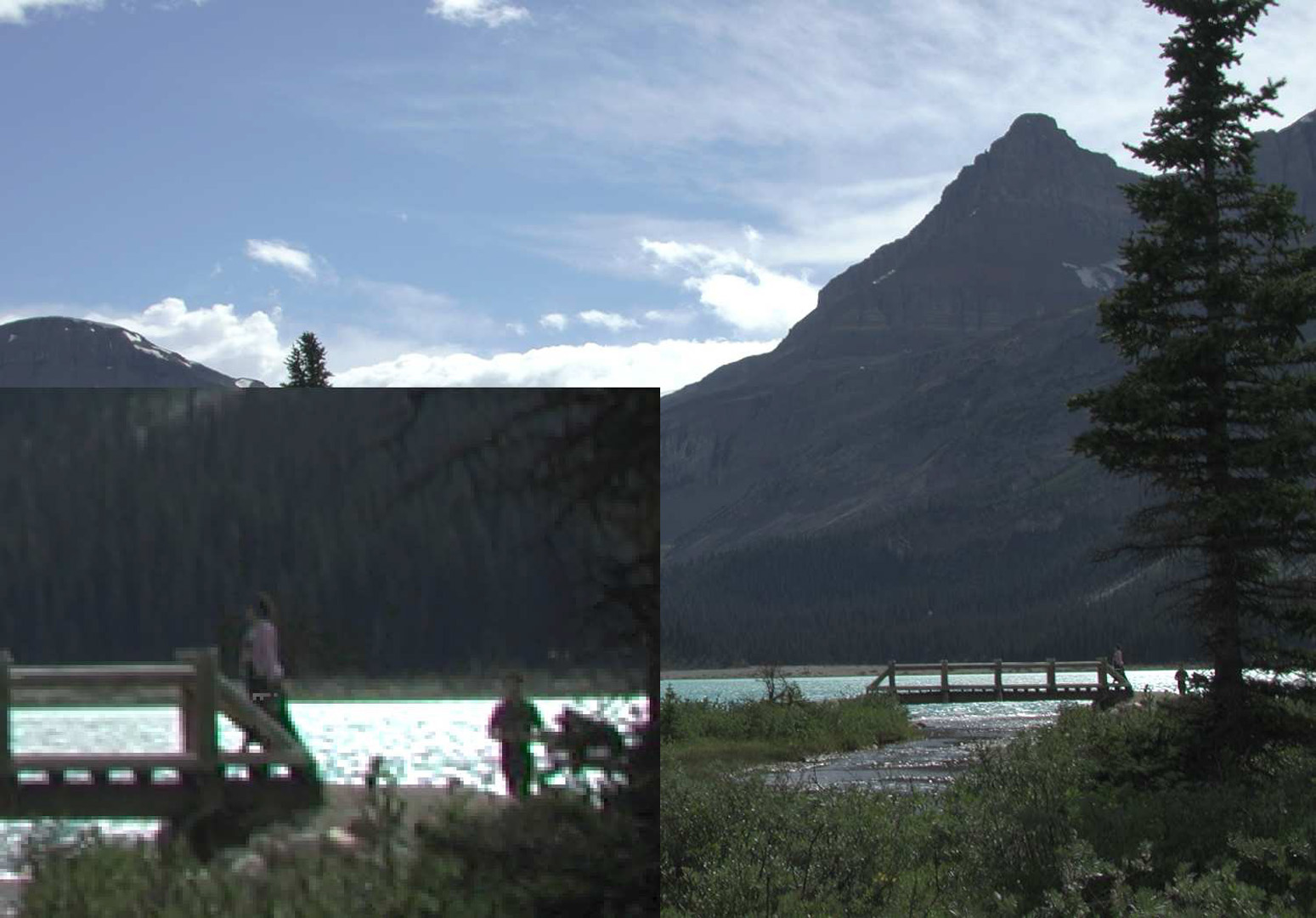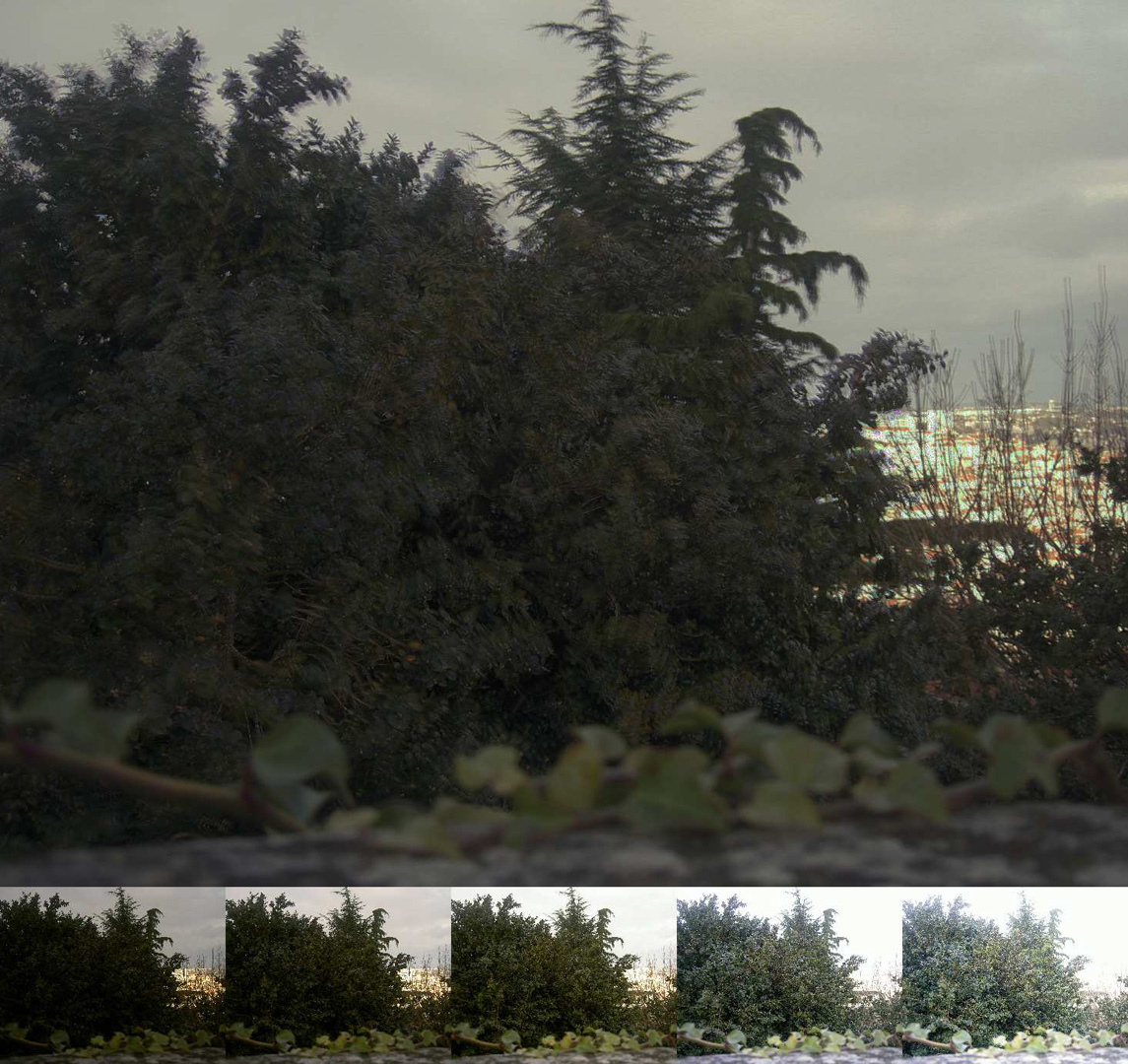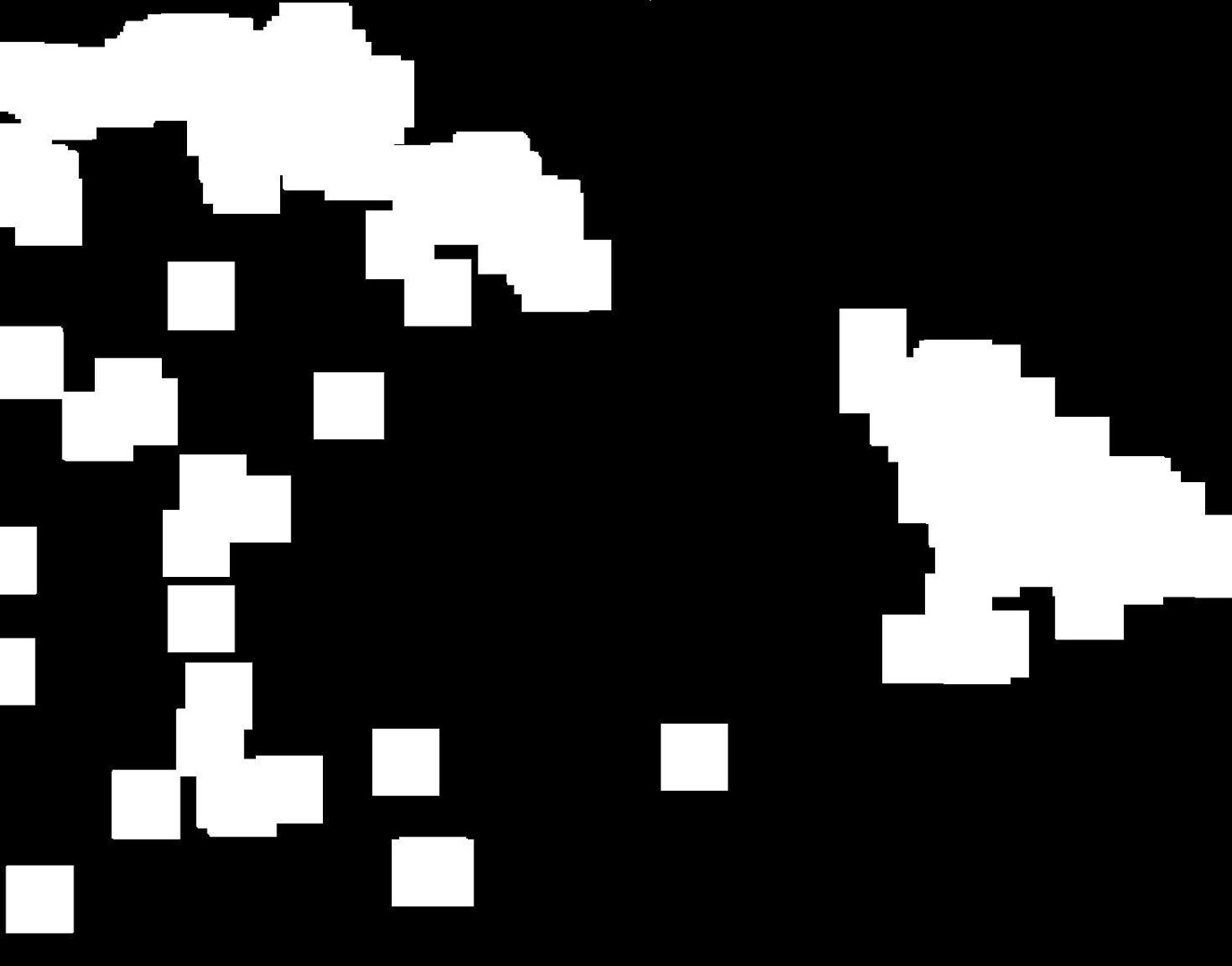“Automatic HDRI Generation of Dynamic Environments” by Jacobs, Ward and Loscos
Conference:
Type(s):
Title:
- Automatic HDRI Generation of Dynamic Environments
Session/Category Title: Illumination Capture and Display
Presenter(s)/Author(s):
Abstract:
Conventional High Dynamic Range Image (HDRI) generation methods using multiple exposures [HDR Shop][RASCAL ] require a static scene throughout the (Low Dynamic Range) image (LDRI) capturing. This hypothesis strongly limits the application field of HDRI generation. The presented system offers an automatic HDRI generation of dynamic environments with moving objects and cam- era misalignments. Two types of motion are identified. High Contrast Movement (HCM) occurs when the dynamic object and background are significantly different; examples are moving people, cars, clouds, etc. Low Contrast Movement (LCM) is created when the dynamic object and the background are similar; examples are moving leaves, water rippling, etc. HCM and LCM result in blurring and duplication of information in the HDRI, see figure 1 (a)(c). The presented method detects and removes HCM and LCM using exposure invariant image statistics. The final HDRI is free from visible artefacts.
References:
HDR Shop. http://www.ict.usc.edu/graphics/HDRShop/.
RASCAL. http://www1.cs.columbia.edu/CAVE/tomoo/RRHomePage/rrhome.html.
Viola, P., and Wells, W. M. 1995. Alignment by maximization of mutual information. In Proceedings of the Fifth International Conference on Computer Vision.
Ward, G. 2003. Fast, robust image registration for compositing high dynamic range photographs from hand-held exposures. Journal of Graphics Tools 8, 2, 17–30.









